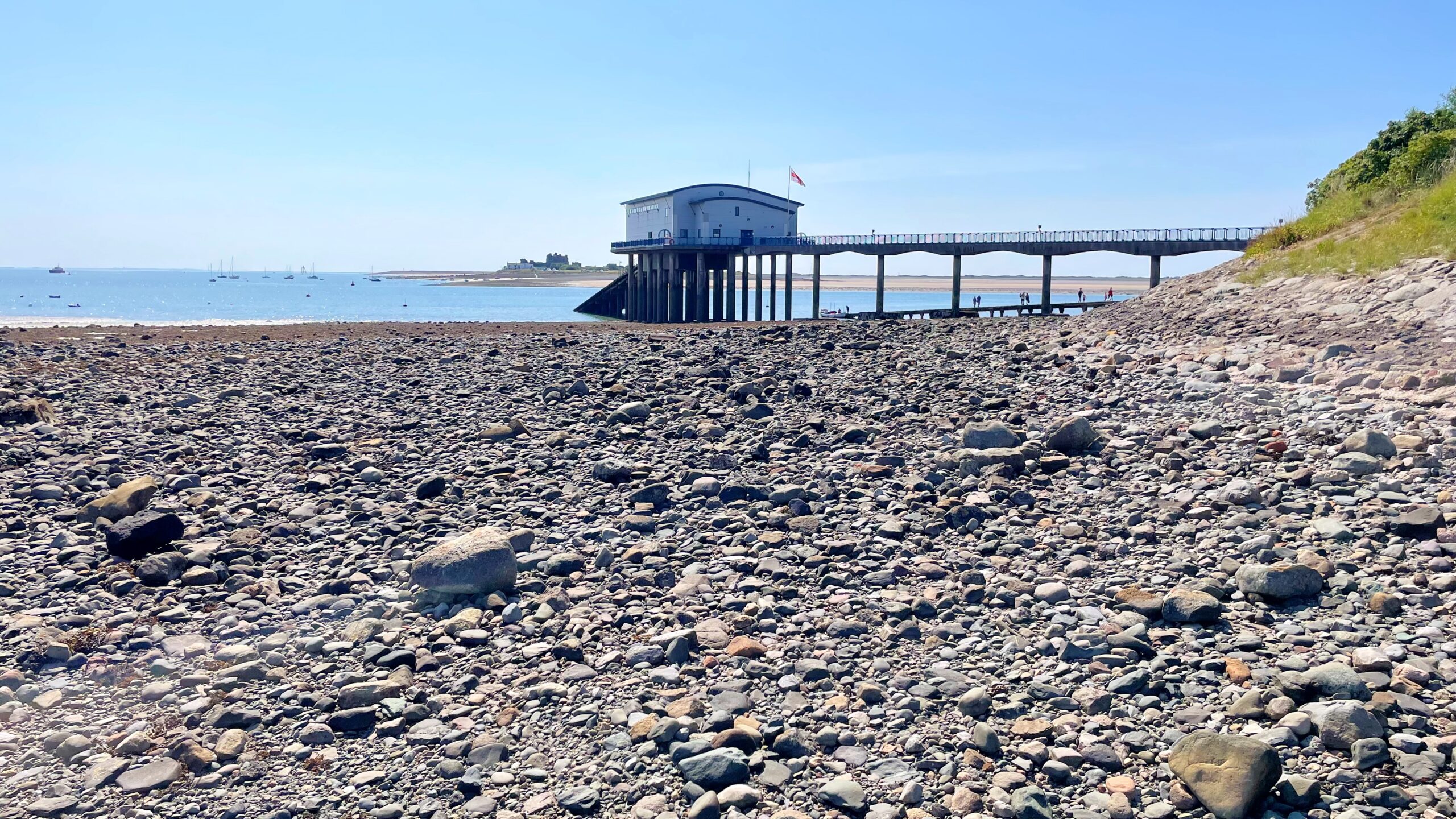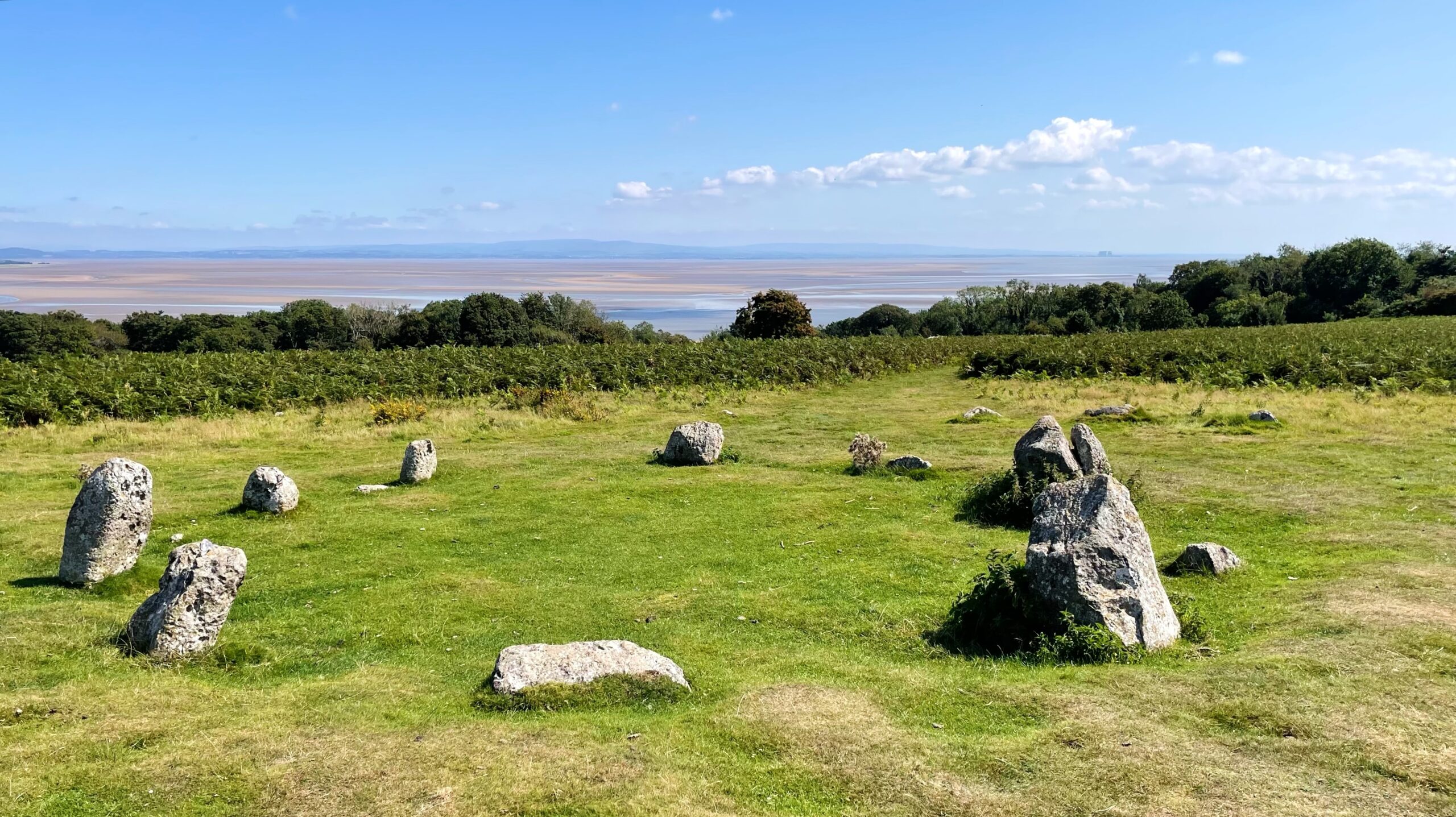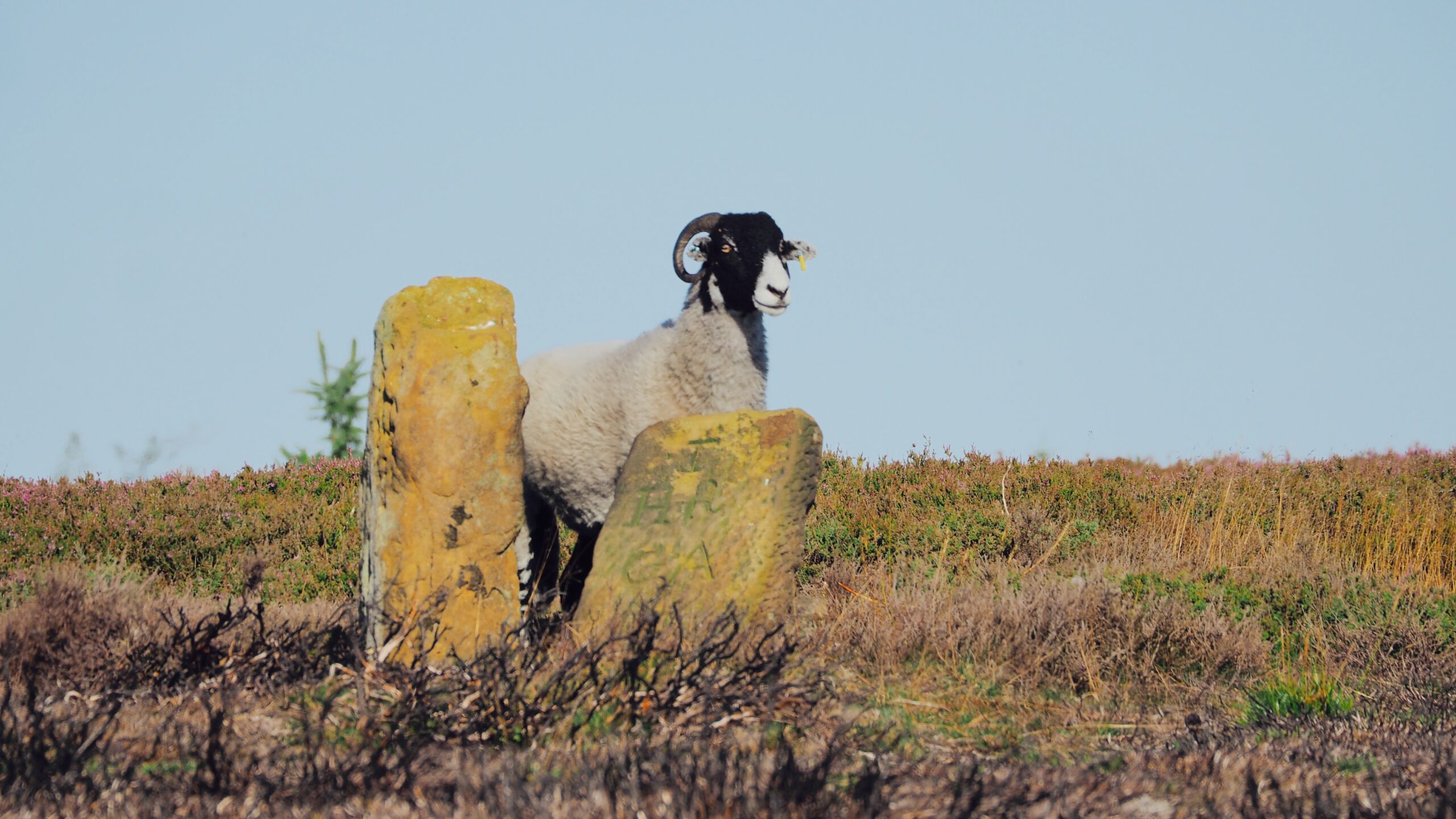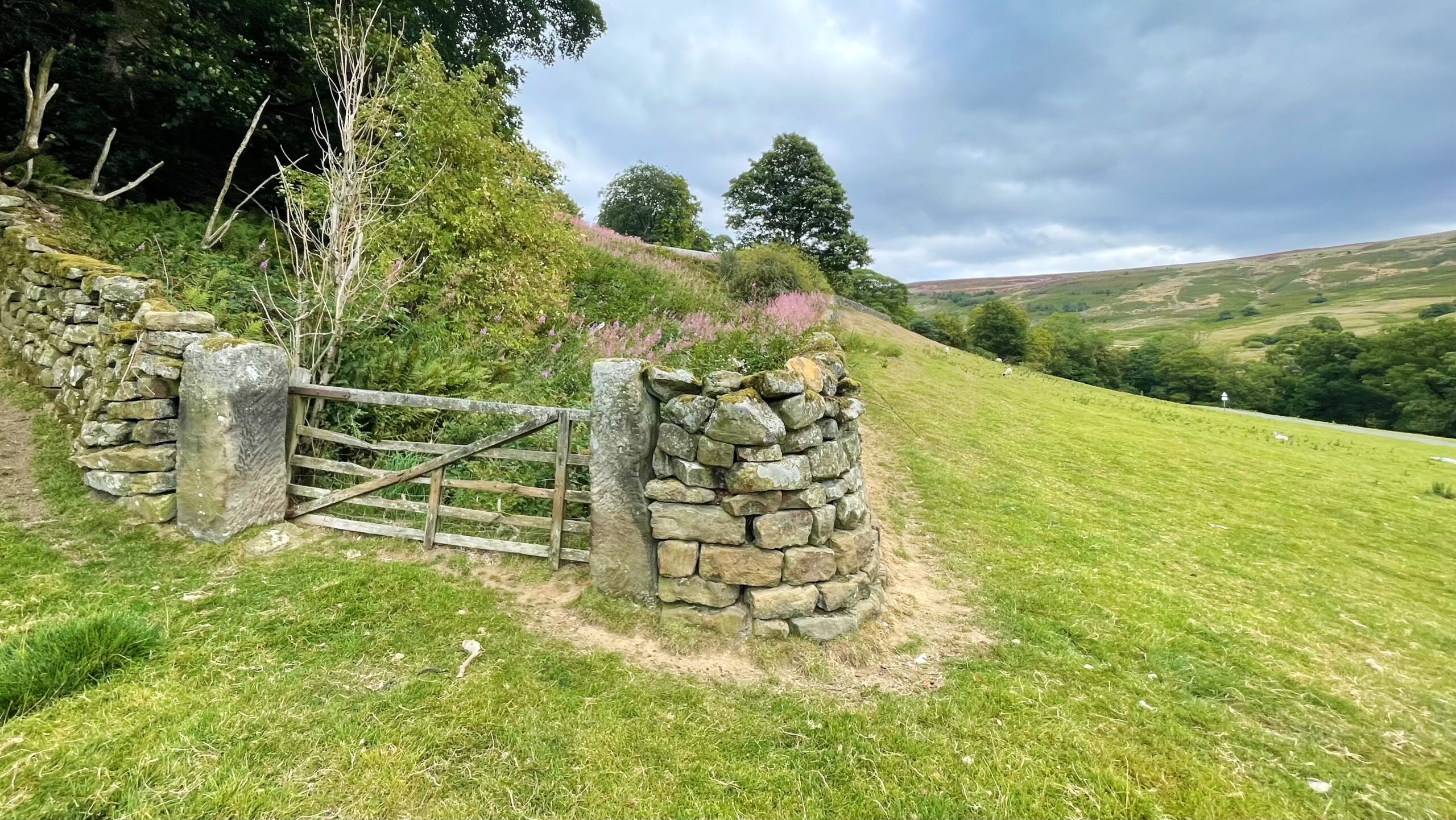-

Roa Island, the RNLI and a Measure of Humanity
To Roa Island, once a true island until a stone causeway tethered it to the mainland in 1847. That same causeway carried the Furness Railway to a deep-water pier, where steamers departed for Fleetwood. The trains and steamers are gone, but today Roa Island still looks out to sea, its ferry carrying passengers across to…
-

Birkrigg Common Stone Circle
Of the roughly 250 stone circles known in England, only 15 are classed as concentric, formed of both an inner and an outer ring. The most celebrated examples are, of course, Stonehenge and Avebury. Less famous, but striking in its own right, is the Birkrigg or Sunbrick stone circle, also called the Druids’ Circle. It…
-

The Yow and Two Boundary Stones
The yow was waiting for me. At least, that is how it felt. She stood beside two boundary stones as if on sentry duty, a glint of mischief in her eye and a smile that gave nothing away. Mona Lisa would have approved. One stone is plain but upright, the other broken and almost recumbent,…
-

The Long Lost Way to Cockayne
At first glance, it is nothing remarkable: a pair of stone gate stoops, standing quietly beside a graceful curve in a dry-stone wall, just south-west of Cockayne Church. But ignore the leaning wooden 5-bar gate secured by baling twine, and a closer look tells a different story. These are no rough farm gateposts. Each is…
-

Westerdale: From Templars to Ironmasters
A rare chance the other night to climb Top End, the nose of the rigg that leads up to Young Ralph’s Cross. Usually I pass this way in a rush—driving, or sometimes cycling—keen not to lose momentum on the steep bank. Below me lies Westerdale, so named for its place as the westernmost dale in…
-

Easby Abbey
Last Sunday’s wander through Richmondshire brought us to Easby Abbey, a place where ruin and landscape merge into a single, haunting picture beside the River Swale. Artists and antiquaries have long been drawn to it—J. M. W. Turner included—captivated by its quiet grandeur. The abbey was founded around 1152–1155 by Roald, constable of Richmond Castle,…
-

Aske Hall: Elegance with a Shadow
I am not often drawn to country estates, where the visitor is welcome only if he keeps to the designated path and obeys the “do not step on the grass” signs. Yet Aske Hall is a striking exception. This Georgian house, framed by parkland complete with lake and shaped by Capability Brown, wears its history…
-

Purple Heather, Brown Truth
The ling, or common heather, has reached its peak bloom just days before the start of the grouse shooting season — the annual spectacle in which profit and sport take precedence over the land itself. This year, the display is patchy. Whole swathes have turned a brittle reddish-brown, appearing dead but showing faint signs of…
-

Gower Dale: Where a Railway Never Came
This is Gower Dale in the Hambleton Hills. On the far left stands the ruined shell of Gowerdale House. Rising in the centre distance is Hawnby Hill. A tranquil landscape, untouched by the grime and noise of industry. It could have been very different, had Victorian ambition not faltered. On Thursday, 19 May 1853, amid…
-

Bridestones Moor: The Burden of an Ancient Earthwork
A return to Bridestones Moor for the annual task of clearing the Scheduled Ancient Monument — the prehistoric dyke — of bracken and self-seeded saplings. Without this, roots and undergrowth would soon begin to damage what little remains of it. The dyke, a double bank and ditch nearly a kilometre long, is thought to date…
Care to comment?